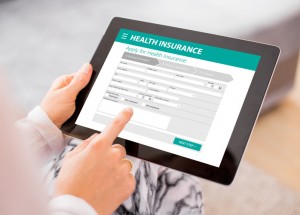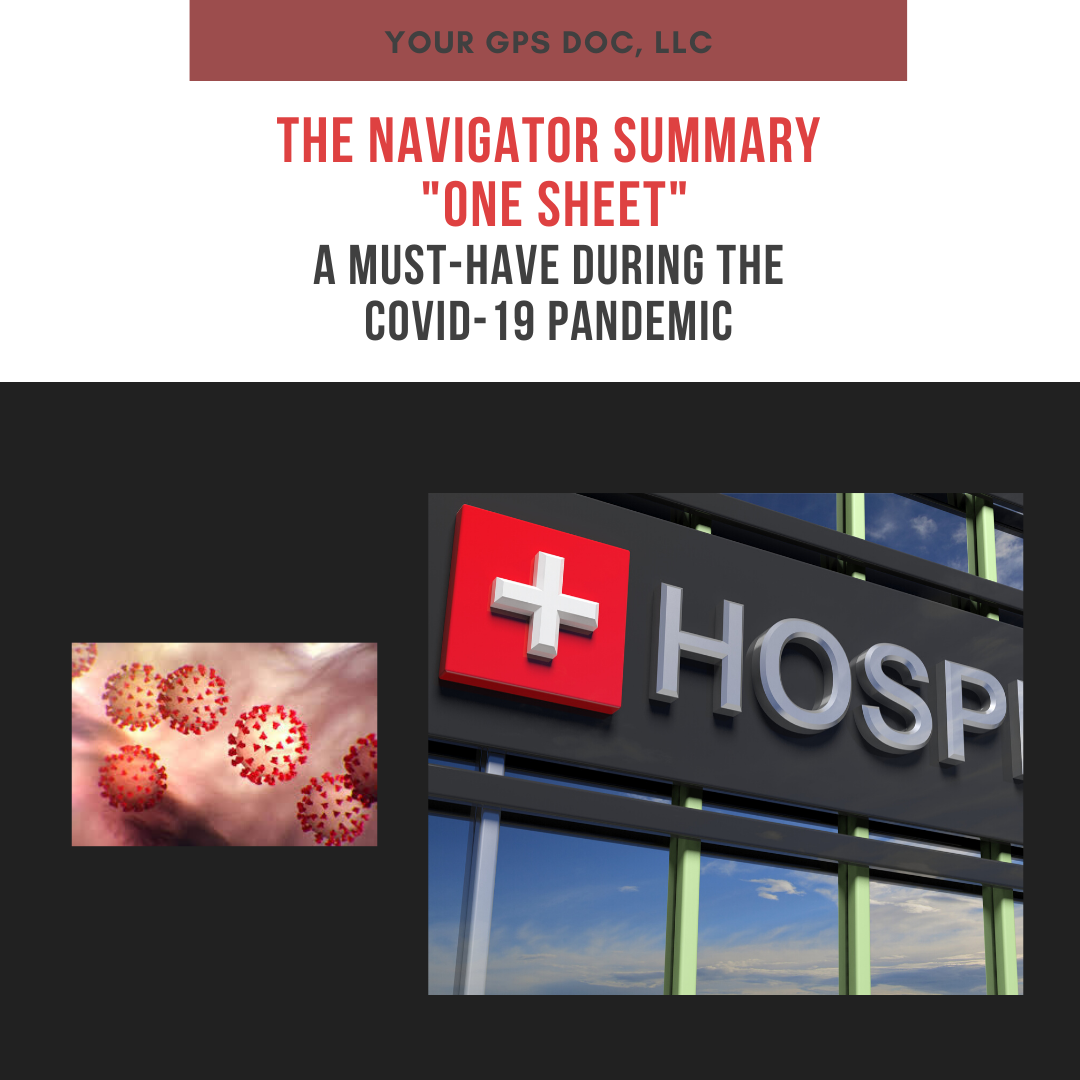When I had gallbladder surgery 2 years ago, I was a full-time physician working for an academic medical institution in a large metropolitan area. I had great health insurance. I went to the Emergency Department for severe abdominal pain and was in the operating room early the next morning. Thankfully, all went well, and I was home hours after the surgery. Several weeks later, the hospital bills started rolling in. I discuss in another article (“How to Spot the Errors In Your Hospital Bill”) how I found some mistakes in my bill that were later reconciled, but what I haven’t written about until now is the surprise medical bill I received from the anesthesiologist.
While the hospital, the Emergency Department physician, and the surgeon were in-network for my health insurance plan, the anesthesiologist was out-of-network. Of course, there was no way for me to have known this. Because I received care from an out-of-network provider, my insurance company covered a smaller percentage of the charges, which meant I was responsible for a large portion of the bill. Actually, I’m one of the lucky ones. Some health insurance plans don’t cover out-of-network services at all.
This is a classic example of a surprise medical bill, a bill for medical services that an individual thought would be covered by his/her health insurance. A recent Kaiser Family Foundation poll found that 67% of Americans worry about unexpected medical bills. These worries are justified, as surprise medical bills are more common than you may think. A 2015 Consumer Reports survey found that 30% of privately insured Americans received a surprise medical bill. These bills can wreak havoc on a family’s finances and are a cause of great concern.
There are a variety of reasons for surprise medical bills, but the result is the same—large, unexpected out-of-pocket expenses. Click To Tweet
In Part 1 of this series, we will focus on the most common source of surprise bills: care received by out-of-network providers.
Out-of-Network Providers

One of the key ways health insurance companies control costs is through a provider network. This is a list of doctors, other healthcare providers, free-standing laboratory and radiology facilities, and hospitals that the insurance plan contracts with to provide care to its members. They are referred to as “participating providers” and have agreed to accept a pre-negotiated amount for services rendered to members of the health plan. Every contract is different, so a doctor may have negotiated a rate of $150 for a physical exam with one insurance plan and a rate of $200 with another, as an example. When you see an in-network provider, that individual or facility is not allowed to charge any more than the contracted rate. What you actually pay is determined by your health insurance benefits. For example, you may have a copay or you may be responsible for a certain percentage of the charges through coinsurance. (If any of these terms are unfamiliar, please take a few minutes to read (“5 Things You Absolutely Must Understand About Your Health Insurance”.)
When you receive care from an out-of-network provider, you no longer have the protection of that pre-negotiated rate. The provider can essentially charge whatever they want for the service. Some health insurance plans will pay a portion of the charges billed by out-of-network providers, but you will always pay more when receiving care out-of-network. Some health insurance plans do not cover services provided by out-of-network providers, in which case you will be fully responsible for the entire bill.

Another disturbing practice involves balance billing. Balance billing occurs when an out-of-network provider refuses to accept your insurance company’s payment as payment in full, then bills you for the difference. You will need to pay this bill in addition to your plan’s copay, coinsurance, and/or deductible. If you are covered by Medicare or Medicaid, balance billing is prohibited. A few states (Arizona, Connecticut, California, Florida, Illinois, Maryland, Montana, New York, and Tennessee) have passed laws to protect individuals with private health insurance from balance billing, but this continues to be a widespread problem across the United States.
Being knowledgeable about your health insurance benefits is one way to minimize the impact of surprise medical bills. Click To Tweet However, sometimes it may be nearly impossible to avoid receiving care from out-of-network providers. If you need treatment for an emergency, it is not feasible (nor would it be wise) to spend time searching for a hospital within your insurance company’s network. In an emergency, you will typically go to the nearest hospital/Emergency Department. Luckily, the Affordable Care Act (ACA) requires that insurers cover emergency care regardless of whether the hospital is in-network. It also mandates that they charge patients for this coverage as if the facility was in-network. However, the ACA does not prevent the hospital from balance billing the patient for the difference.
For elective services (such as a scheduled surgery), an individual may do all the legwork to ensure the hospital and the surgeon are in-network, only to receive a surprise bill from other providers involved in the care, such as the anesthesiologist, radiologist, or pathologist. In some cases, hospitalists or consulting specialty physicians (such as cardiologists or pulmonologists) who see patients in an in-network hospital may not be in-network providers themselves. Even in the outpatient setting, your doctor may send you to a lab or radiology facility or refer you to a specialist that is not in your insurance company’s network. When you receive care from these doctors or facilities, you will likely receive an unexpected bill.
By being proactive, you can limit your exposure to out-of-network providers when receiving non-emergent medical care. Click To Tweet
Here are a few tips:
- Review your health insurance plan thoroughly.
Make sure you are aware of your coverage for out-of-network services and what you are expected to pay. Read the fine print. If you are not sure about something, contact the insurance company.
- Choose doctors and facilities that are in-network.
When choosing a doctor or facility for non-emergent care, search the provider list on your insurance company’s website. Consider also calling the number on the back of your card, as the online directory may not be up to date. If your doctor sends you to a facility for lab tests or a radiology study (e.g. CT, MRI), contact the facility and/or your insurance company to ensure they are in-network. Do your research BEFORE receiving medical services. While you will have less choice during a hospitalization, it is okay to ask if the providers who will be involved in your care participate with your health insurance plan and to request an in-network provider if one is on staff and available.
- Don’t immediately pay a surprise bill.
Most hospital bills contain errors. While I am not encouraging you to avoid paying your debt, take the time to review medical bills to ensure they are accurate. Be sure to read “How to Spot the Errors in Your Hospital Bill” for tips to prevent you from paying more than you owe. If you are being balance billed, make sure this practice is legal in the state where you reside.
- Negotiate payment for the bill.
If you receive a surprise medical bill from an out-of-network provider, try to negotiate the bill. Discuss the bill with your insurance company to see if they will adjust their payment. Be sure to also contact the provider directly. Some doctors and hospitals will accept a lower fee for services rendered, especially if you did not explicitly choose to get care from this provider. If they won’t agree to modify the bill and paying it will cause a significant financial hardship, talk with the billing department about setting up a payment plan. Find out if the hospital provides charity care, as you may be able to get the charges forgiven in entirety.

The cost of healthcare in the United States continues to rise annually. A 2016 Kaiser Family Foundation survey found that 26% of U.S. adults (ages 18-64) said they or someone in their household had difficulty paying medical bills in the previous 12 months. Many struggle to pay known costs, such as those for monthly prescriptions, copays and deductibles. The last thing any of us needs is an unexpected medical bill. By following the information and tips in this article, you will be more knowledgeable about the common pitfalls related to care provided by out-of-pocket providers and will hopefully avoid this common cause of surprise medical bills. If you need assistance understanding your medical bills, health insurance, or anything else related to navigating the healthcare system, consider hiring a private health advocate. If you need help and cannot afford the services of a private health advocate, reach out to the Patient Advocate Foundation.
I love to provide value to my readers. I’ve developed a FREE guide “5 Ways to Navigate Your Healthcare”. To get your copy of this free guide click here.








I would like to know if there is a statement that I can write onto forms that I am required to sign when I receive medical services from providers in DC that indicate I do not authorize the use of providers who are outside of my insurance network that would prevent the possibility of being “balance billed” by an out of network provider whose use I didn’t know about or authorize.
Second, if not, how can I have proof that I requested this from the hospital, as your article advises?
No articles seem to address this point, instead advising like yours to request this, but without any indication of how to document the request, and better yet to make the request a requirement for the services you will accept.
Hi Jon,
I actually did not mention this practice in my article. However, I am familiar with this recommendation and I think it is a good idea. If you choose to add a declaration to your consent form that states you do not authorize the use of out-of-network providers, you can simply ask for a copy of the signed form for your records. Unfortunately, I don’t have any feedback to inform me as to whether others have been successful using this tactic, so I certainly cannot guarantee that it works. If you try it, please write back to let us know the outcome.